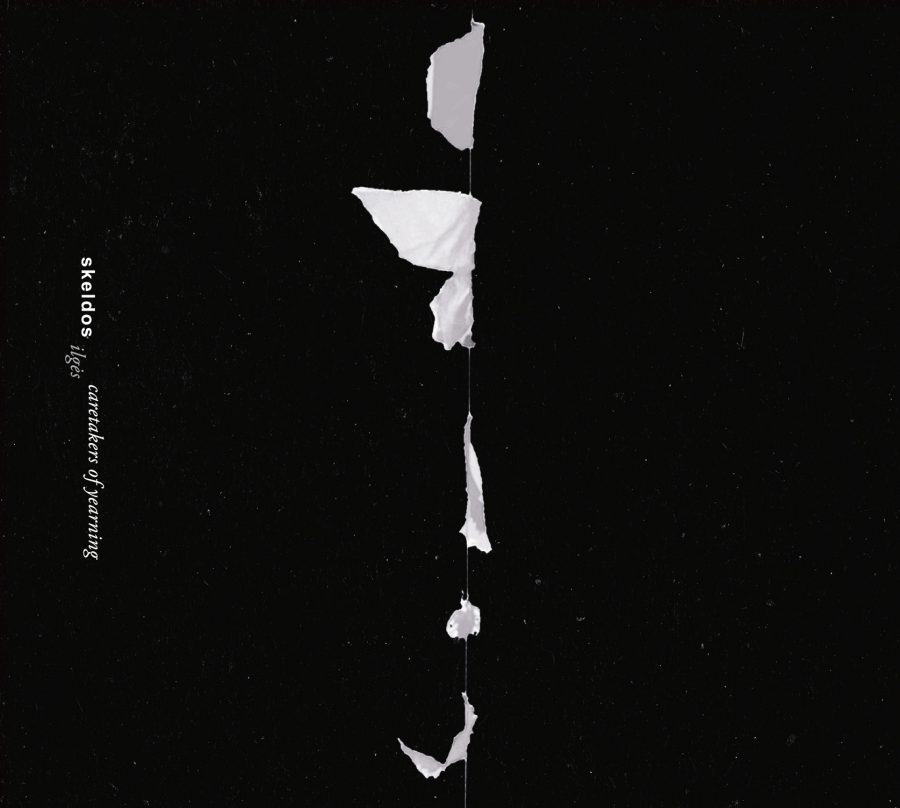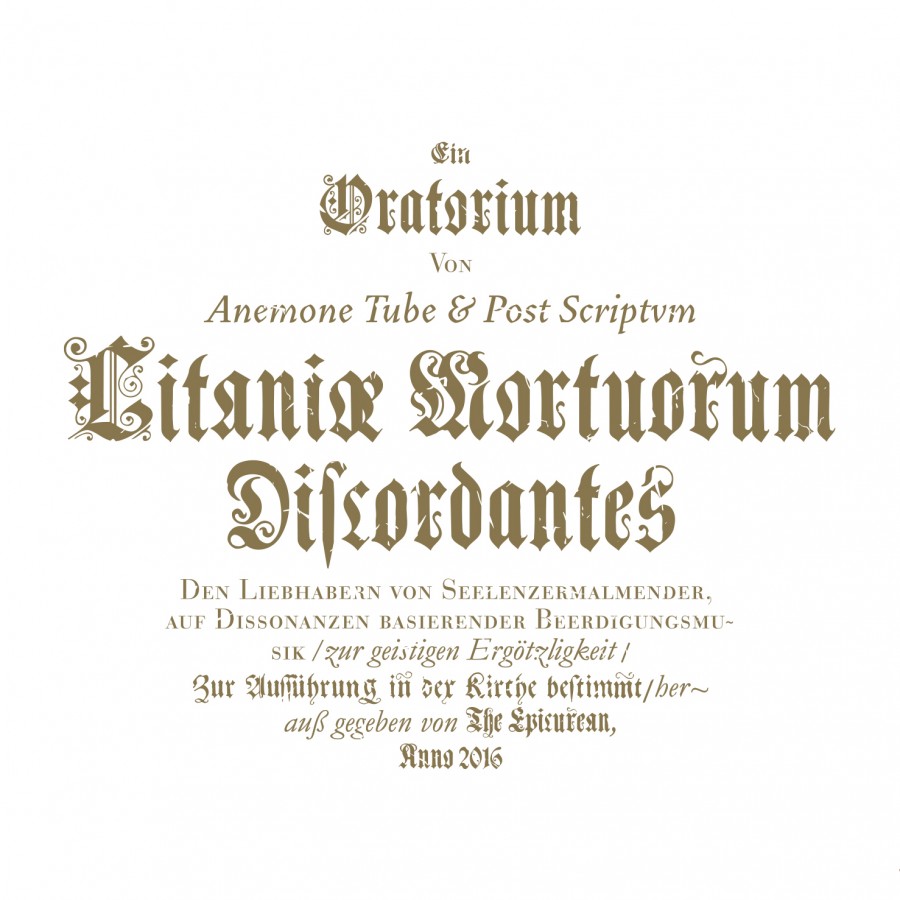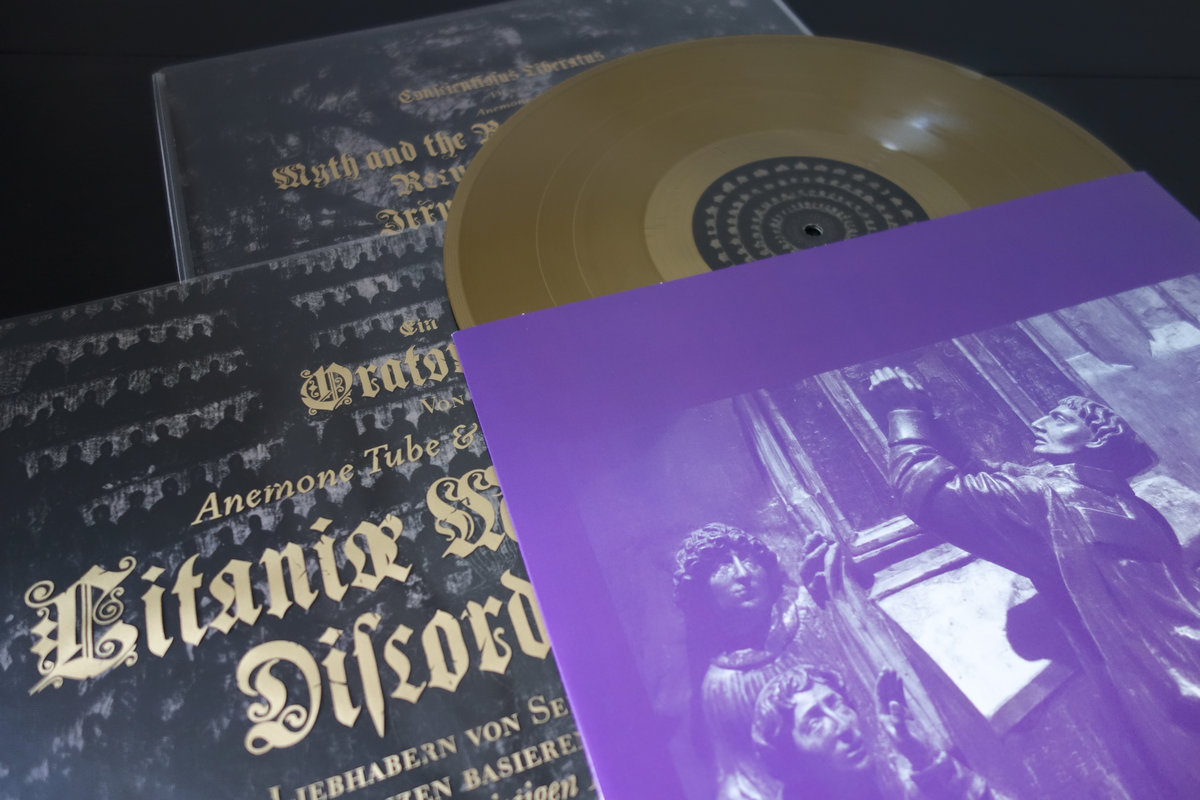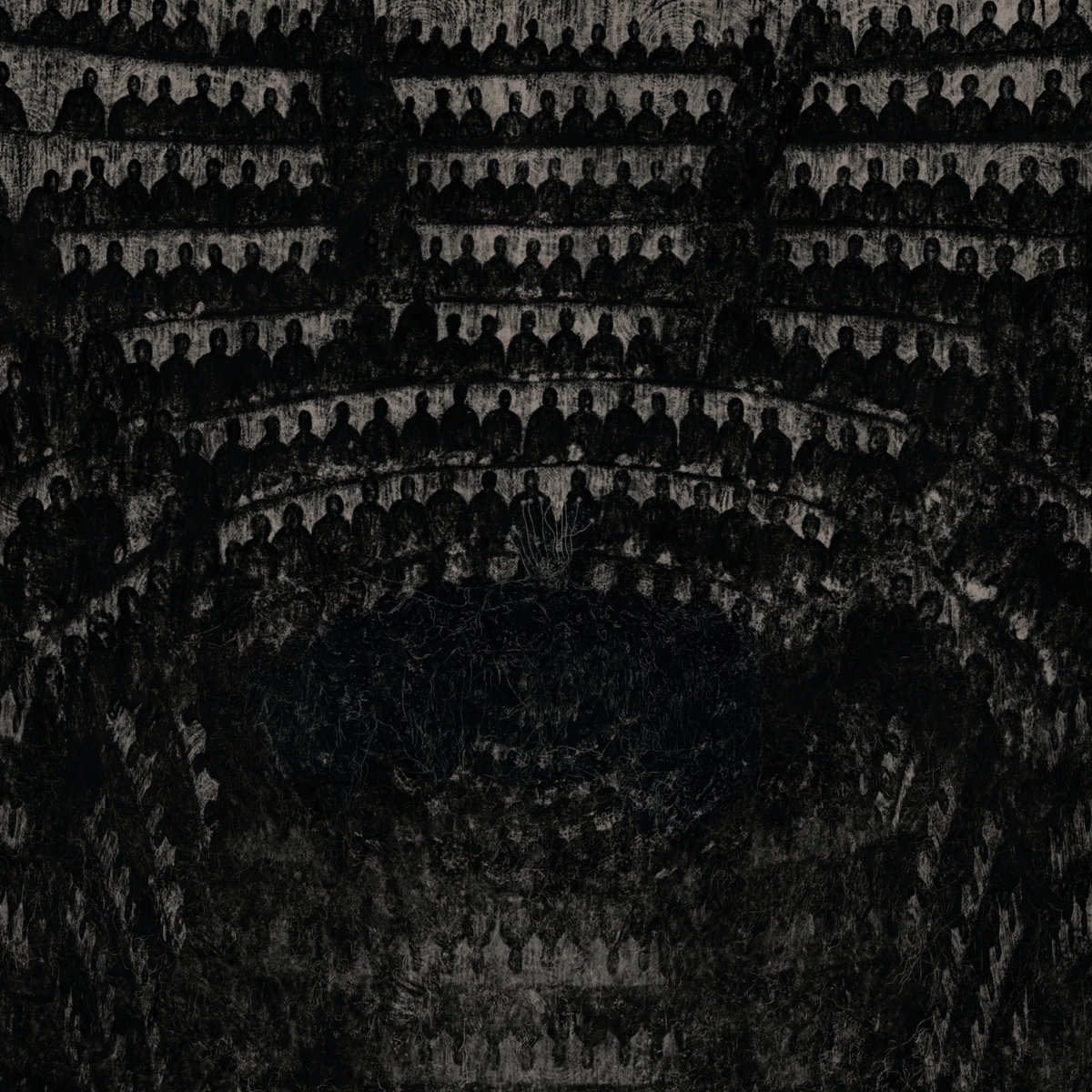Artist: Skeldos
Album: Ilgės – Caretakers of Yearning
Release date: 5 April 2019
Label: The Epicurean
Tracklist:
01. Melas – A Lie
02. Ilges – Caretakers of Yearning
03. Blunkantys Sodai – Fading Gardens
It is with immense pleasure that I am able to bring you an (heavily) updated version of my previous Skeldos review. As I lamented in the final paragraph, Skeldos is a brilliant musician and one that was deserving of much more exposure than previously realized. While my review, at the time, may have helped a few extra people find their way to and purchase this beautiful album, it was still sadly left under-the-radar. Now, finally, Skeldos has found a proper label, The Epicurean, one that is well-respected within the post-industrial community, which will likely bring his music to the attention of a much larger audience. As it so greatly deserves.
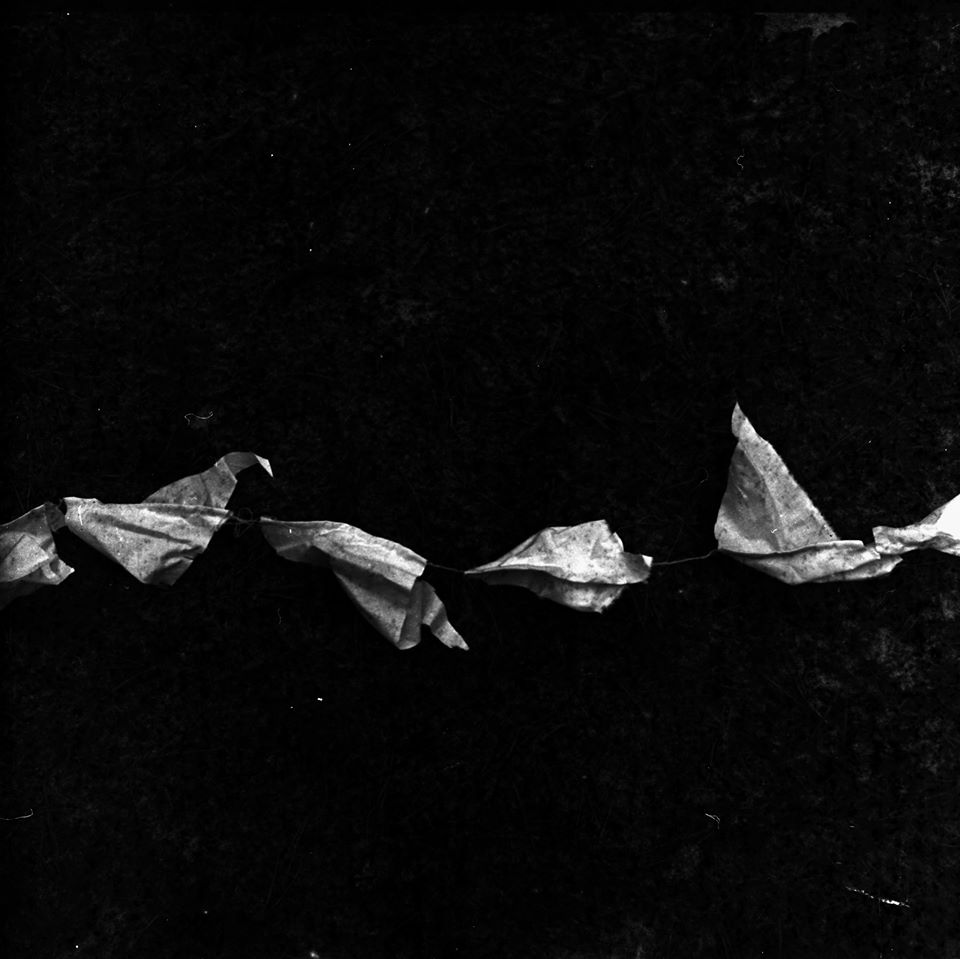
For this re-release Skeldos has added a third track to the album “Blunkantys Sodai – Fading Gardens” and the album has been renamed Ilges – Caretakers of Yearning. It has also been mastered by Hunter Barr, and is now available as a CD. But, more on the physical aspects later.
Skeldos is an “anxious electronic, industrial, ambient” project by Vytenis Eitminavičius of Lithuania. Ilgės – Caretakers of Yearning is his third full length solo release. While his debut album, Įspaudai, was released on the Lithuanian label Terror, his last two solo releases, as well as his brilliant collaboration, Aviliai with fellow Lithuanian ambient/drone artist Daina Dieva, have all been independently released. (Though this has now been remedied with the re-release!)
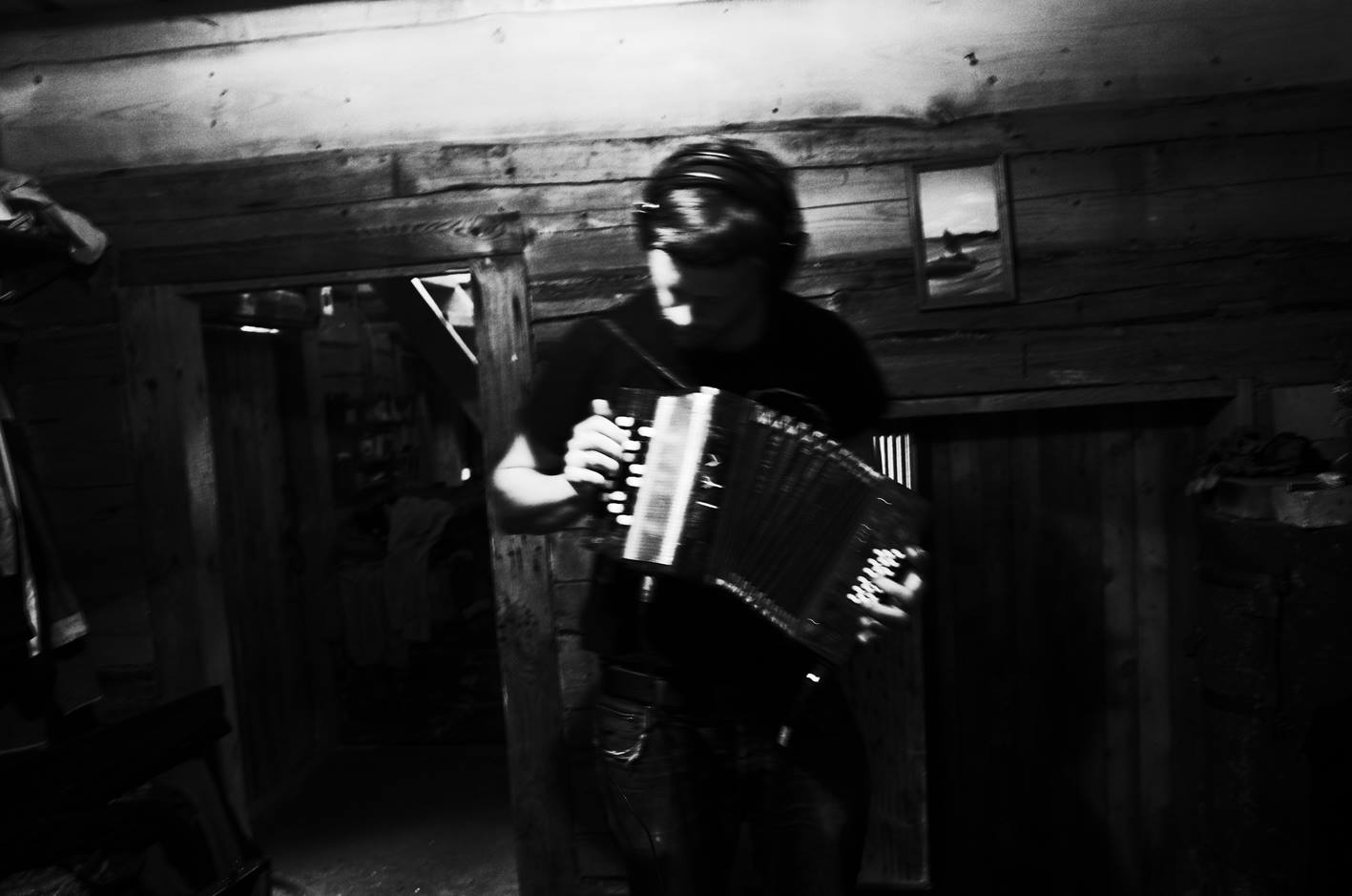
Skeldos focuses on a form of drone/dark ambient which at times can be incredibly relaxing and calm. But it can move into varied territories with little awareness from the listener. The sounds seem to morph effortlessly. While the music itself can sound a good bit different at times, the approach to these soundscapes seems quite reminiscent of Kammarheit, or some amalgamation of Kammarheit and Taphephobia, maybe. Or at their harshest of times (not present on this album) can come into territory more aligned with artists like Jarl or Yen Pox, creating textures which can seem chaotic and over-bearing, but are still able to totally draw the listener into their coils, taking us on a mental voyage to destinations unknown. An interesting caveat here is that it would appear Skeldos creates all his “drones” with real acoustic instruments, namely on this album: accordion, Lithuanian zither, violin and guitar.
The first track on Ilgės, “Melas – A Lie”, falls somewhere in the middle of Skeldos‘ range of soundscapes. There is a slight harshness, but it is predominately a sort of trance-inducing dronescape, which has little variation, and yet has managed to keep my full attention over many, many replays. I could maybe lightly compare the style to something more reserved on Aural Hypnox. The second track, “Ilgės – Caretakers of Yearning”, takes us into calmer, more melancholic territory. The backing dronework has a sort of celestial/shimmering/peaceful quality to it, which is accentuated by its solitude within the track. As listeners begin to sink into this trance, Skeldos introduces, for the first time on Ilgės – Caretakers of Yearning, what I think is his most defining characteristic. His vocals. Skeldos has a very relaxing mid-deep ranged vocal quality. His vocals sound as if they are a lullaby, cutting through the darkness of night, in a sort of melodic whisper. As we reach the end of the track, the energy of the soundscapes, as well as Vytenis‘ vocals, pick up momentum for a more emotional finale.
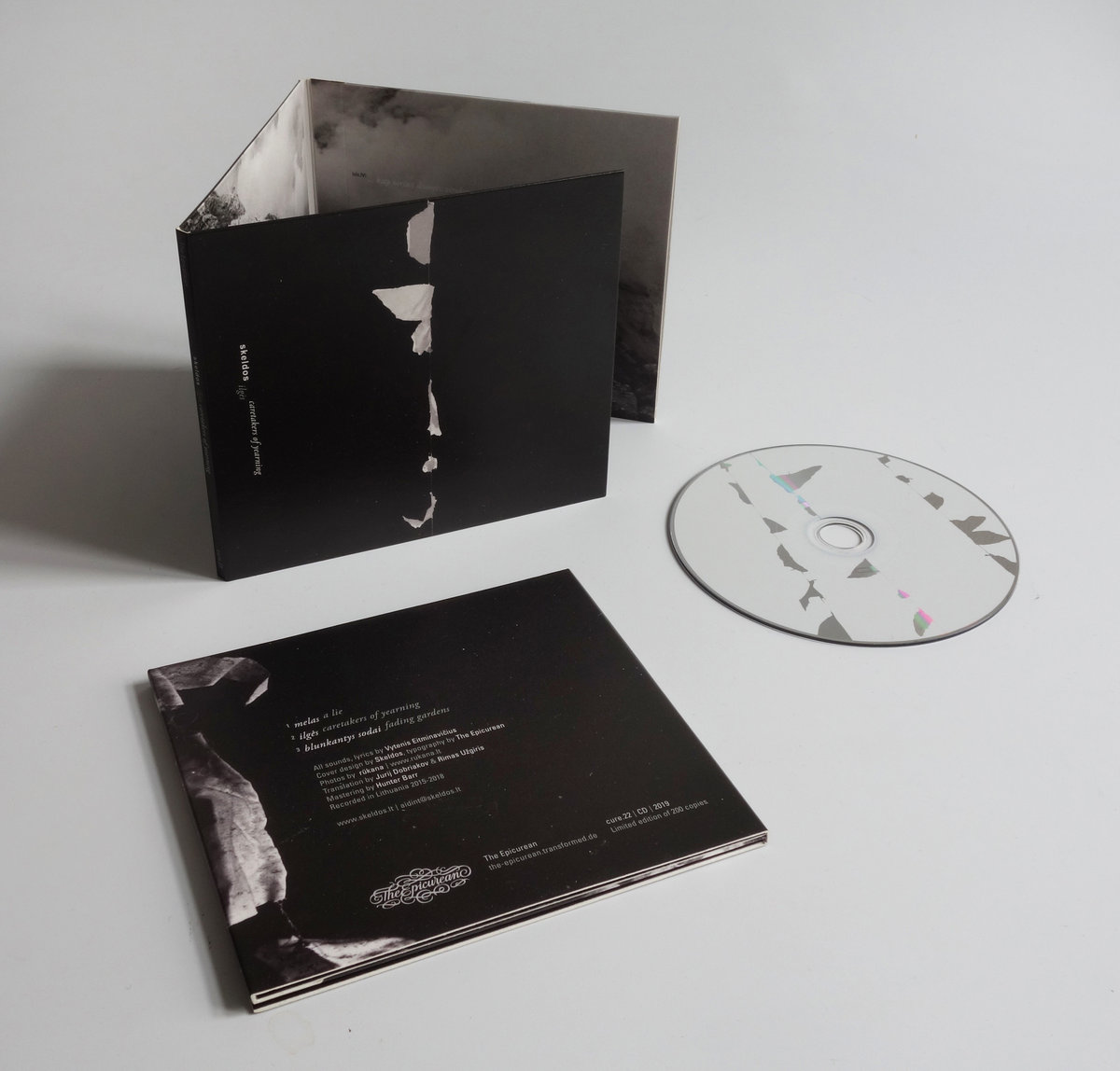
The third track, “Blunkantys Sodai – Fading Gardens”, is the new addition to the album, as mentioned above. I’m not sure if this was an out-take from the original sessions or if it was created exclusively for the re-release. But, it fits perfectly with the first two tracks. The soundscapes follow a similar pattern to those of the previous track and we are again graced with another short but beautiful vocal section. The inclusion of this new track brings the total album length to a more satisfying 45 minutes.
The inspiration for this album was taken from the poem “melas” or “A Lie” by Lithuanian writer Antanas Škėma. As with the previous version, the poem/lyrics have been included in the digifile, in their original Lithuanian as well as in English translation. While the poetry of the first track was written by Antanas Škėma, the second two tracks have lyrics/poetry composed by Skeldos himself.
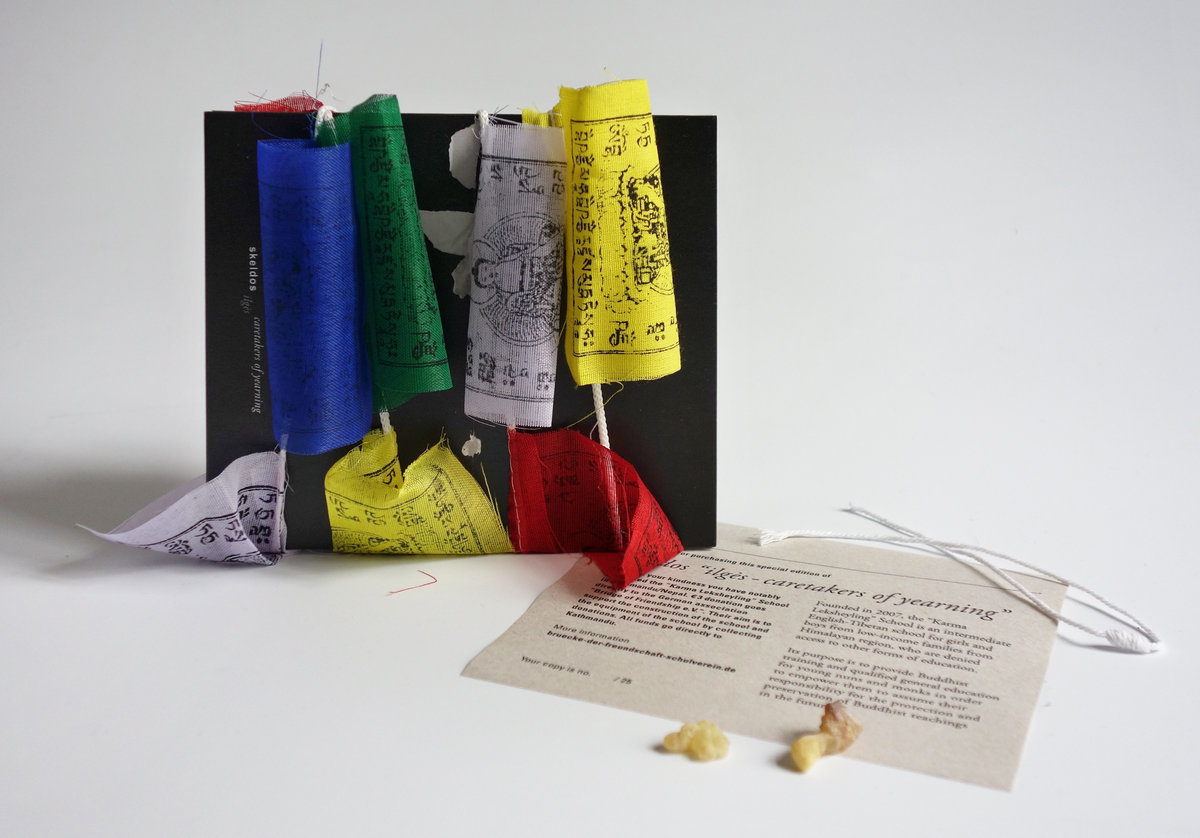
The cover-art for this version has been updated, but is still very similar to the original. The CD is housed in a beautiful 6-panel digifile made with high-quality natural paper. The special edition, which is limited to 25 copies, takes this “natural” element one step further. It includes the same digifile as the standard version, along with: Tibetan prayer flags, incense, refuge ribbon & a certificate for donation on joss paper.
As stated on The Epicurean‘s Bandcamp page, in regard to the special edition:
“€3 is going direcly to the German association ”Bridge of Friendship e.V.”. Their aim is to support the ”Karma Leksheyling” – an intermediate English-Tibetan school for girls and boys from low-income families from the Himalayan region, who are denied access to other forms of education. Its purpose is to provide Buddhist training and qualified general education for young nuns and monks in order to empower them to assume their responsibility for the protection and preservation of Buddhist teachings in the future.”
As many of us are coming to realize in this brave new world, an increase in Buddhist teachings would likely do the planet some good, as a whole. It is heart-warming to see a “dark music” label focusing on outreach to such an altruistic cause. It is also a testament to the fact that while we love dark music, we are not bad people. We just often see the world from a darker more pessimistic lens than most…
Skeldos is a true gem to the post-industrial community. There is an air of the ancient and folk, and a feeling of melancholy which many dark ambient and drone artists can only dream to achieve. Each time I listen to Skeldos I am reinvigorated by the wonders present in his soundscapes. I am beyond pleased to be returning to this wonderful release with its additional track, new mastering, and beautiful new physical presentations. I highly recommend this album, HIGHLY!
I will hopefully have an interview with Vytenis to share with you all in the near future. I’m very much looking forward to picking his brain!
Written by: Michael Barnett


